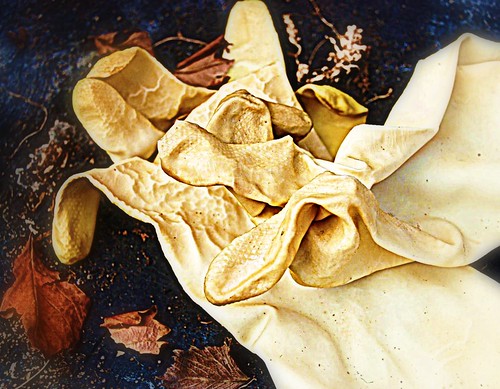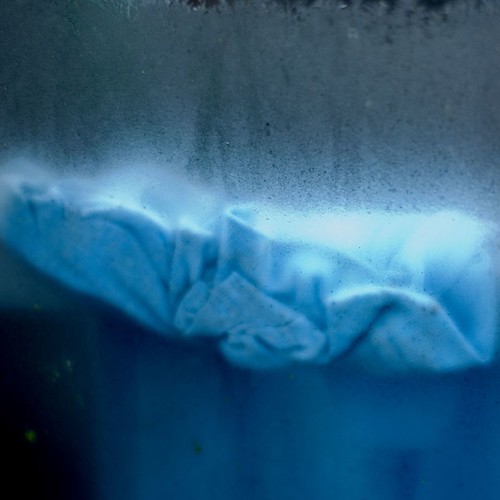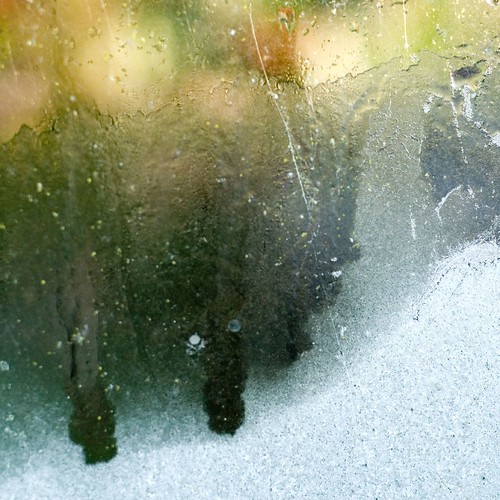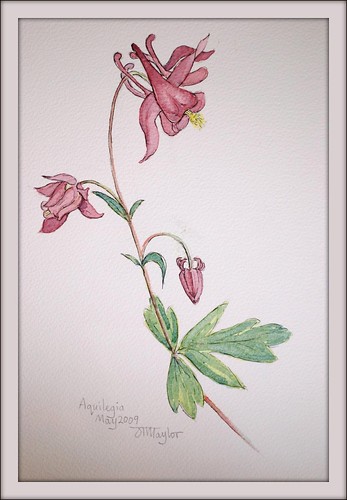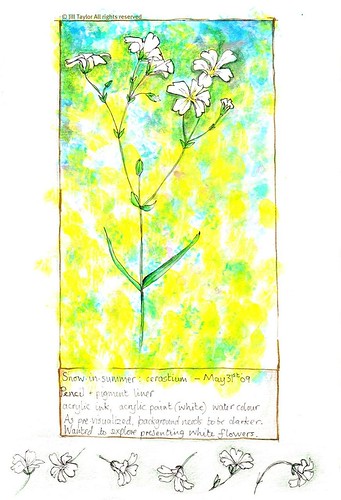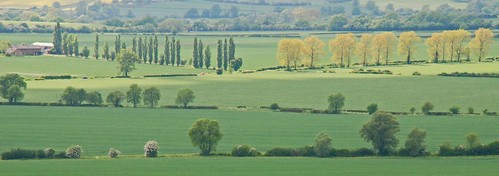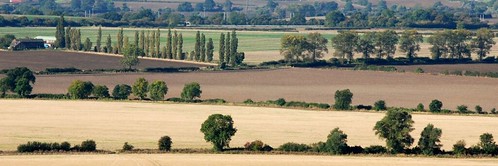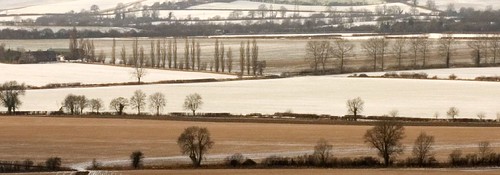I have been reading from various sources, mainly on line about an exhibition at MOMA, New York (1978) called "Mirrors and Window: American Photography since 1960". The accompaniying catalogue contains an essay on this theme by the then director of photography John Szarkowski.
Joe Cornish, on his web page, says he found the essay hard work and at this moment in time I have no intention of reading it, however the essence of what he is saying interests me.
"This arrangement is designed to illustrate a critical thesis which I hope may offer a simple and useful perspective on the bewildering variety of technical, aesthetic, functional, and political philosophies that characterise contemporary photography's colloquium. This thesis suggests that there is a fundamental dichotomy in contemporary photography between those who think of photography as a means of self-expression and those who think of it as a method of exploration."
To quote Cornish summarizing "
Some photographers are more interested in themselves, and some are more interested in their subject matter" You can read more of Cornish's article
here So some photographs are windows onto the world, a description, a straight representation. Traditional landscape, documentary and portrait photography could be seen as photographs as windows.
Photographs as mirrors however, according to Szarkowski are a reflection of the photographer's self-expression. Cornish seems to regard this idea in a disparaging way suggesting self-obsessed.
indulgent artists.
John Blakemore, in his Black and White Photography Workshop, however sees the photograph as a 'mirror' as a means of self-expression for the photographer with the photograph acting as a metaphor. He suggest the photograph then is concerned not with information but with suggestion. Perhaps here could begin a debate about the photographer as artist. These two could serve as good examples. Joe Cornish's landscapes are beautiful aesthetic experiences, many abstracted details of rock and natural formations. John Blakemore's photographs however are more obviously a product of his creativity. He talks of previsualizing an image, and then how to achieve this through studio and darkroom techniques. So is Blakemore more of the artist than photographer?
In conclusion Szarkowski acknowledges that no photograph is purely 'mirror' or 'window' but on a continuum between the two. Perhaps there is a similar artistic spectrum on which we can place photographers - a debate for another time.
Here is my own contribution,from my greenhouse series:
Last Year's Gloves
